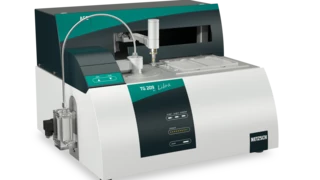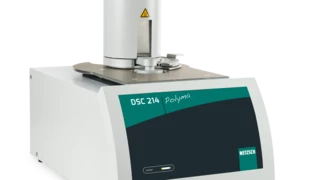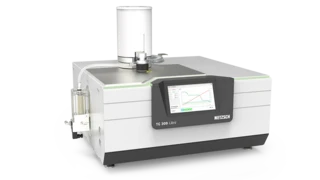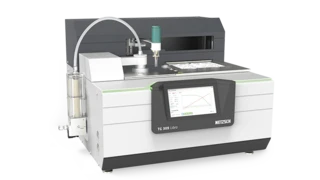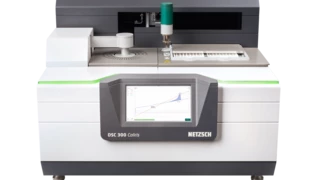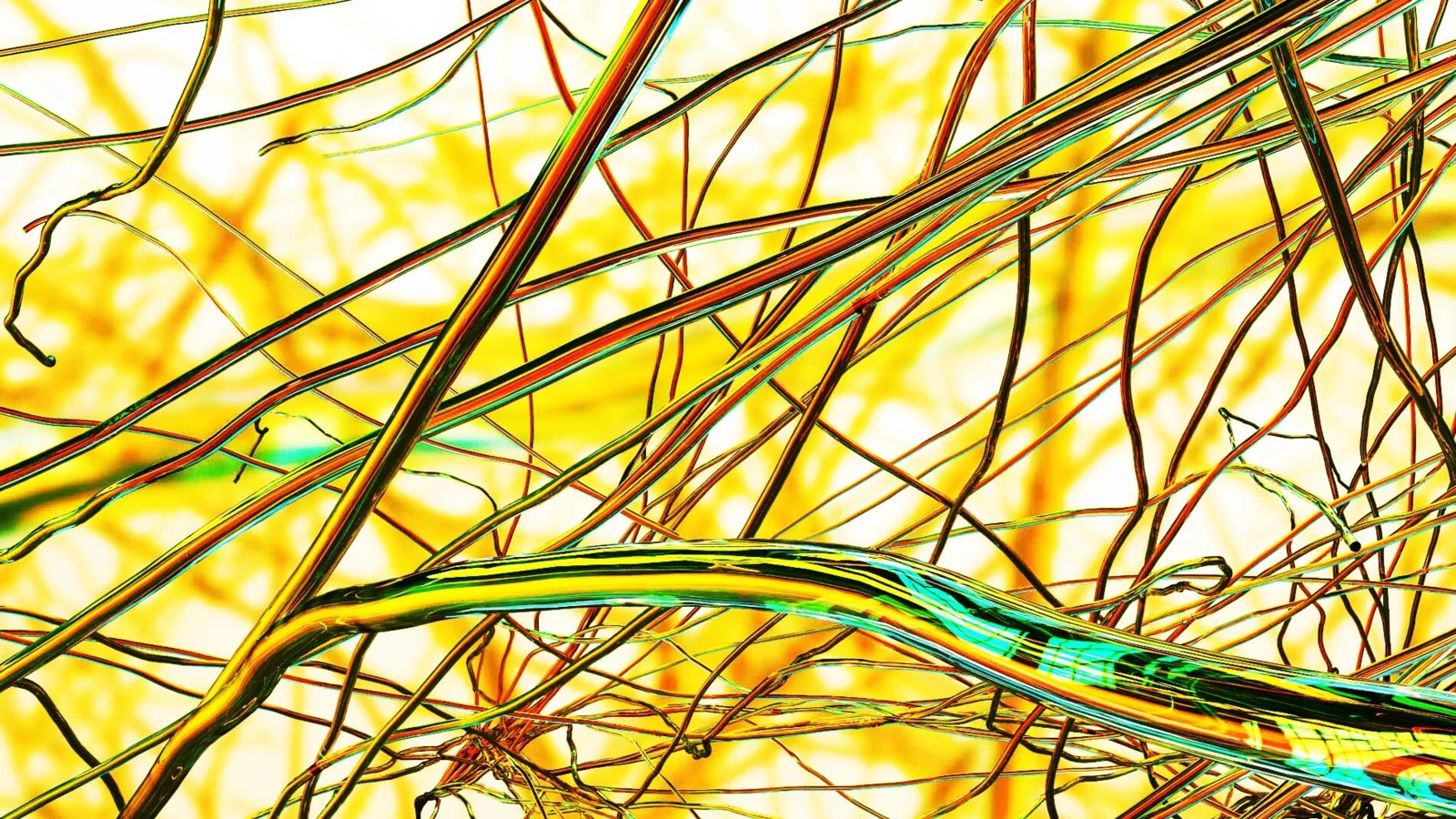
30.04.2024 by Aileen Sammler
How to Enhance the Mechanical Properties of Polyacrylonitrile Nanofiber Mats
Electrospinning has gained prominence as an efficient and flexible approach to the fabrication of nanofiber mats. The mechanical efficacy of electrospun nanofibers is critical in determining the structural attributes of a nanofiber mat, such as its fiber diameter, fiber orientation and mat porosity. In particular, a high degree of nanofiber alignment correlates with enhanced stiffness and improved mechanical properties.
To ameliorate a nanofiber mats’ mechanical properties, it is crucial to either strengthen these inter-fiber bonds or introduce additional structural support to manage the load in the transverse direction. A significant challenge of enhancing these nanoscale bonds is the selection of an appropriate polymer that can create effective bonding without adversely affecting the properties of the PAN nanofibers.
We are happy to present a new research article focusing on the investigation of the mechanical properties of polyacrylonitrile (PAN) nanofiber mats that was just published at MDPI Journals website. To evaluate the Thermal StabilityA material is thermally stable if it does not decompose under the influence of temperature. One way to determine the thermal stability of a substance is to use a TGA (thermogravimetric analyzer). thermal stability and transitions of the PAN nanofiber mats doped with PVA, comprehensive thermal analysis using both NETZSCH thermogravimetric analysis (TGA) and differential scanning calorimetry (DSC) was performed.
Experimental and Numerical Investigation
This study addresses the challenge of enhancing the transverse mechanical properties of oriented polyacrylonitrile (PAN) nanofibers, which are known for their excellent longitudinal tensile strength, without significantly compromising their inherent porosity, which is essential for effective filtration. This study explores the effects of doping PAN nanofiber composites with varying concentrations of polyvinyl alcohol (PVA) (0.5%, 1%, and 2%), introduced into the PAN matrix via a dip-coating method.
Comprehensive evaluation techniques were employed, including scanning electron microscopy (SEM) for morphological insights; transverse and longitudinal mechanical testing; thermogravimetric analysis (TGA) for Thermal StabilityA material is thermally stable if it does not decompose under the influence of temperature. One way to determine the thermal stability of a substance is to use a TGA (thermogravimetric analyzer). thermal stability using our NETZSCH TG 209 F1 Libra® and differential scanning calorimetry (DSC) by means of the NETZSCH DSC 214 Polyma for thermal behavior analysis.
Thermal analysis by means of NETZSCH analysis instruments provided critical insights into the material properties of these PVA-doped PAN nanofiber mats by determining their Thermal StabilityA material is thermally stable if it does not decompose under the influence of temperature. One way to determine the thermal stability of a substance is to use a TGA (thermogravimetric analyzer). thermal stability and identifying their thermal transitions.
Or visit the website: Polymers | Free Full-Text | A Novel Method to Enhance the Mechanical Properties of Polyacrylonitrile Nanofiber Mats: An Experimental and Numerical Investigation (mdpi.com)
Read also this blog article: From Drug Delivery to Cosmetics: A Deep Dive into Thermal Analysis of Electrospun Polymeric Nanofibers - NETZSCH Analyzing & Testing
